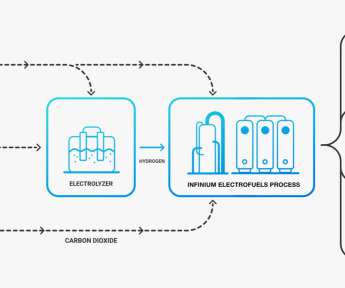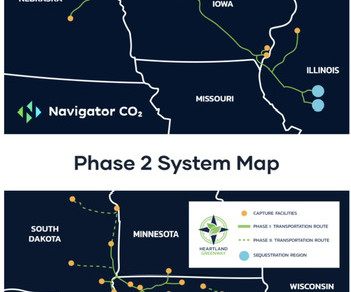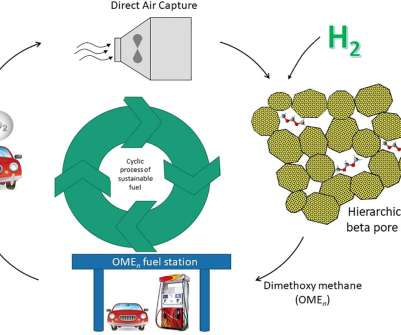Infinium to provide ultra-low carbon electrofuels to Amazon trucking fleet starting in 2023
Green Car Congress
SEPTEMBER 21, 2022
Electrofuels provider Infinium announced an agreement with Amazon to begin using Infinium Electrofuels in the retailer’s middle mile fleet as an ultra-low carbon alternative to traditional fossil fuels. The clean burning electrofuels will be produced for Amazon at one of the first electrofuels production facilities, located in Texas.





















Let's personalize your content